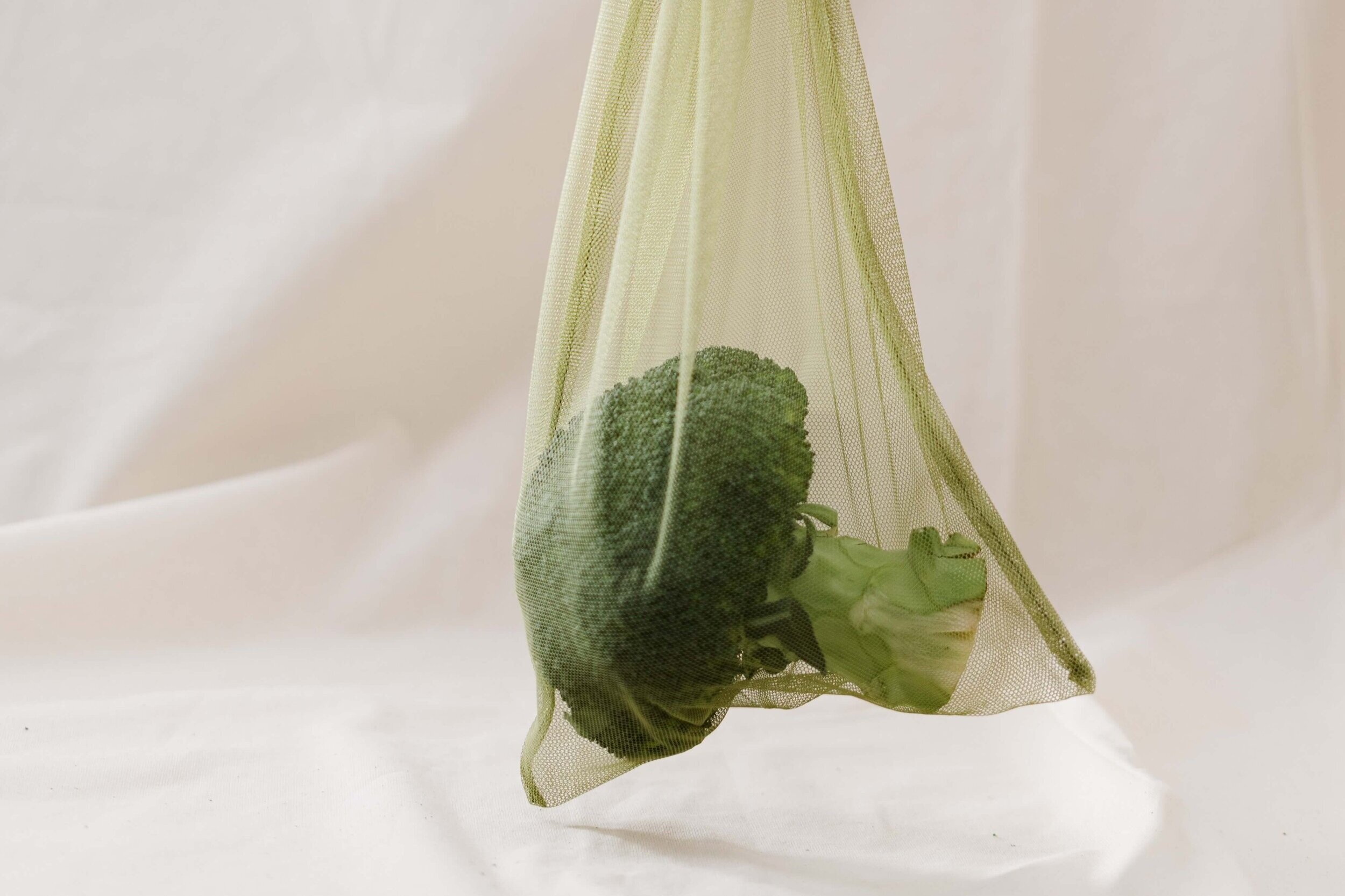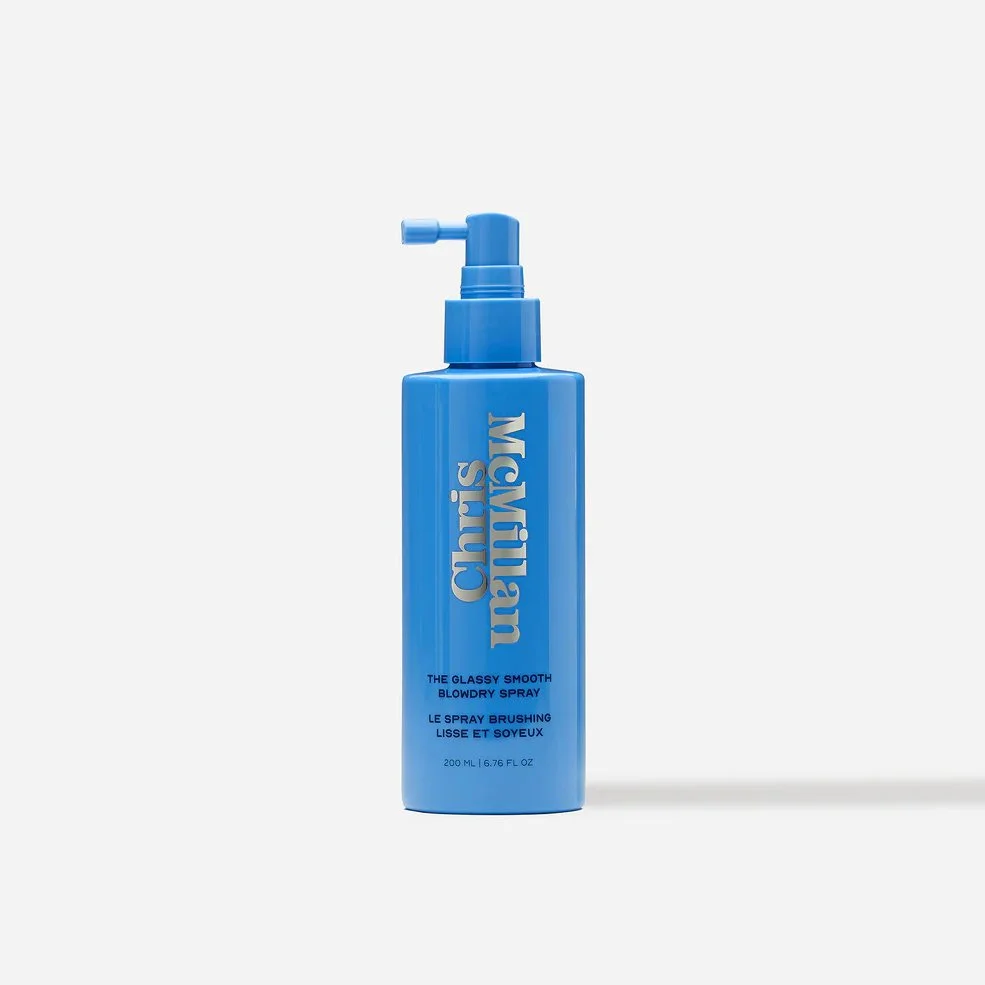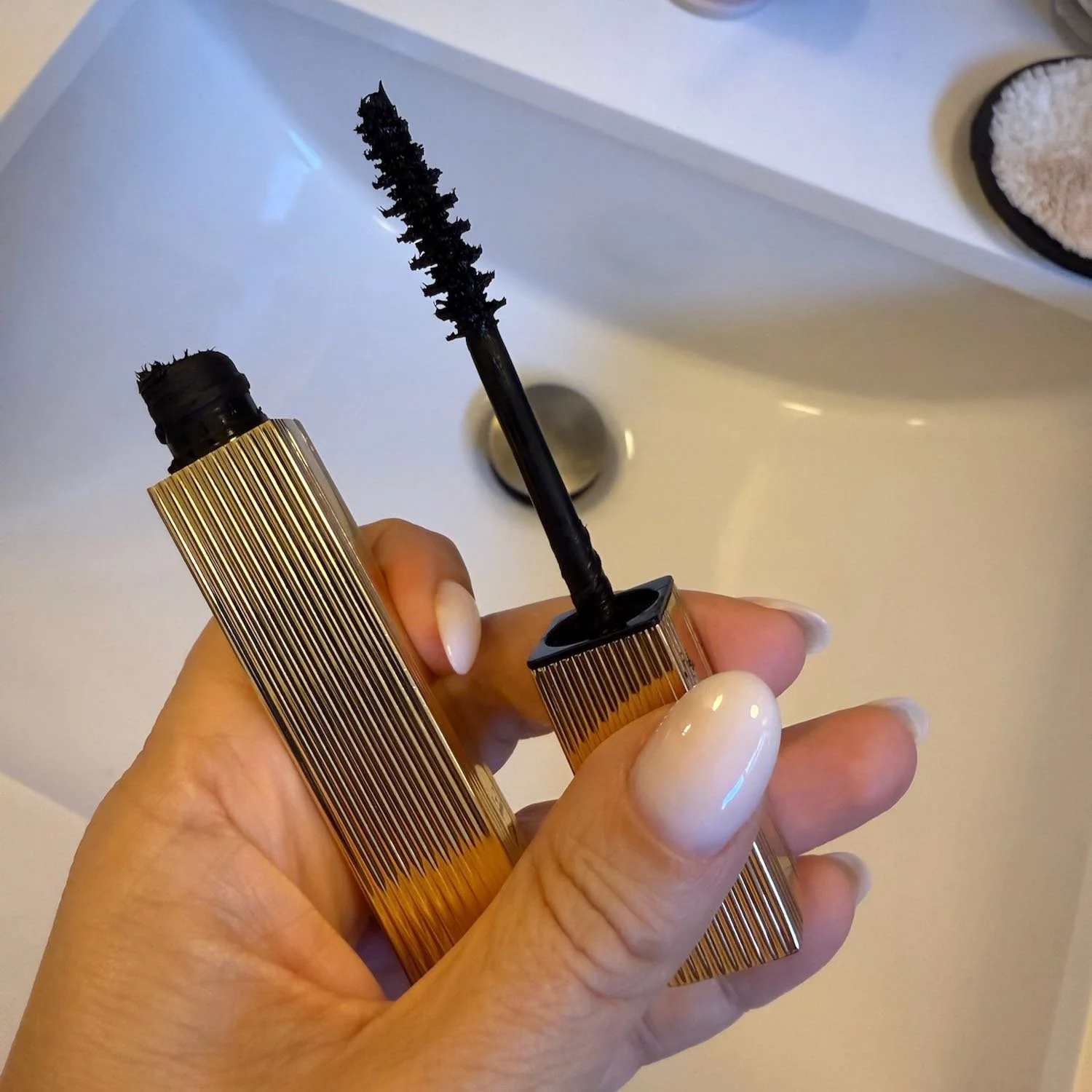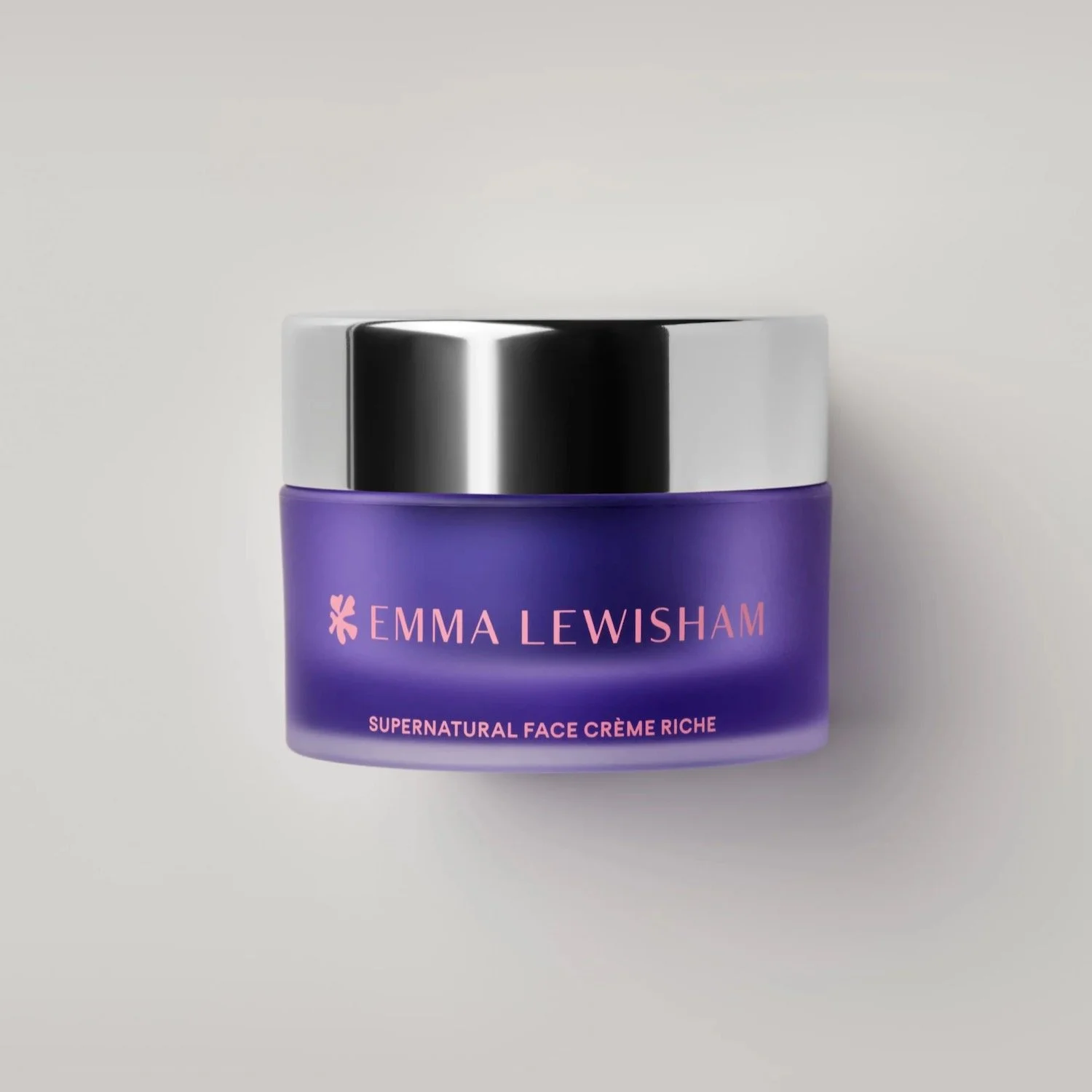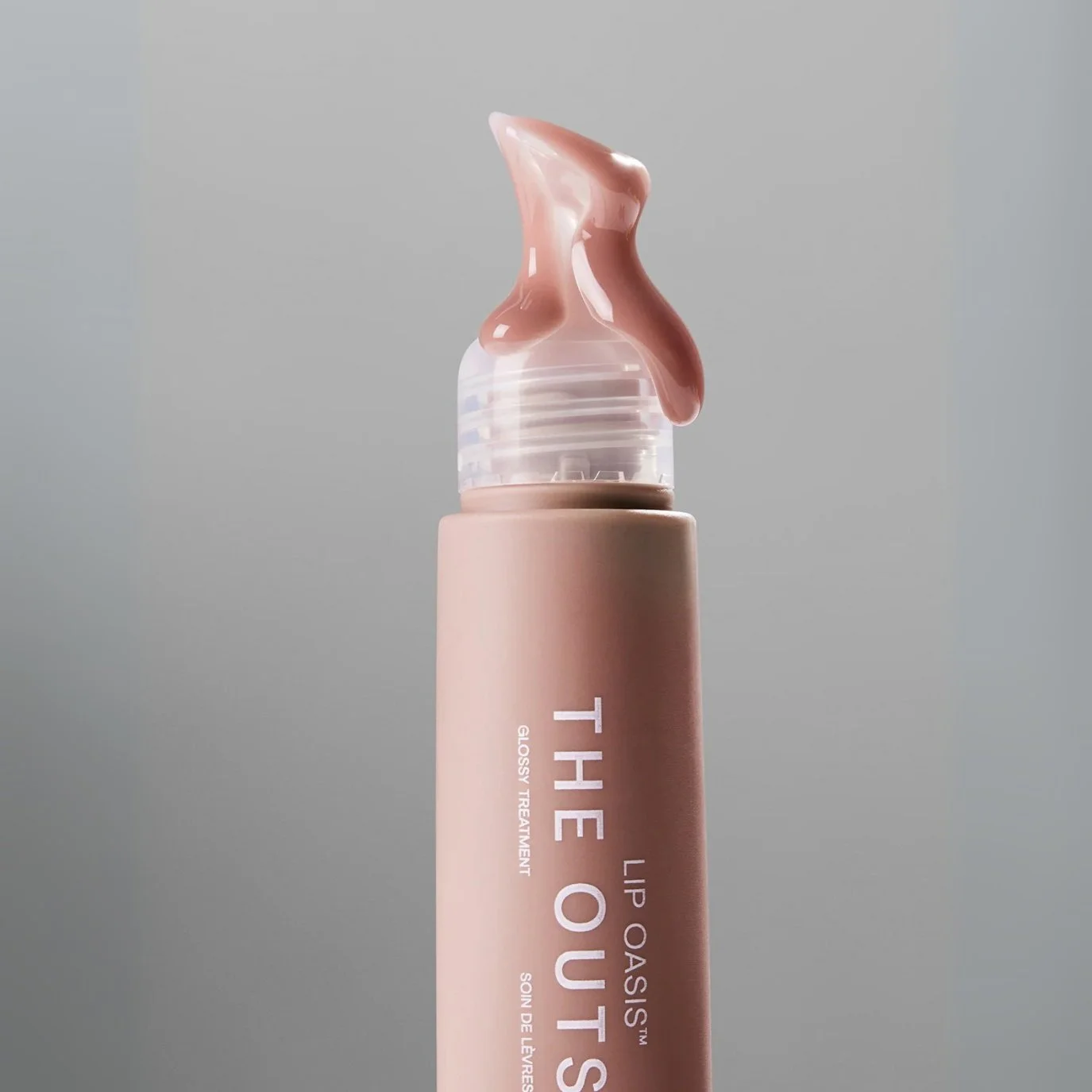We Need A Staggering Amount Of Fiber To Stay Healthy. Here’s Exactly How To Get It.
by Jenny Jiles
When I say fiber, what do you think of?
Poop, right?
You definitely thought of poop.
Especially if you’re of the generation that spent any quality time on the floor watching The Price Is Right. We saw our fair share of Metamucil commercials, and that poor mom was right, she wasn’t getting enough fiber (like 95% of us) and there is nothing fun about being clogged up. Nothing.
The average American gets 57.9% of their daily calories from “ultra-processed foods,” which are made from refined ingredients that are low in natural fiber. When your diet is almost 60% processed foods, your body can’t properly digest and eliminate everything.
So, if you feel bloated, uncomfortable, sluggish and tired, you probably need more fiber. A lot more fiber.
This is why you NEED more fiber.
If it feels like we can’t stop talking about the importance of pooping, well, sorry. But ideally, you want to be pooping 1-3 times a day. And fiber cleans out the colon by making our stool heftier and easier to expel. There’s also a very handy little equation to use for how much water you need to drink each day, which also wildly improves your pooping which is: halve your body weight, and that number is the ideal number of ounces of your daily water intake. Spoiler alert: it will feel like a lot. But it will really make a big difference.
Fiber-rich foods are essential for a strong immune system, cardiovascular health, and beautiful skin. And eating a fiber-filled diet helps ward off diabetes and colon problems as you get older.
Here are a few more things it does:
Helps you absorb more nutrients: If I’m going to bother eating a leafy green salad for lunch, I better get ALL the effing points (nutrients) that this lunch promises. But if your intestines are filled with excess waste, your body can’t absorb the vitamins, minerals and nutrients in the foods. Meaning it was a total wasted effort. No one wants that.
It helps detox your body: We don’t mean the whitewashed, wellness culture word “detox.” We mean the real, removes-what-we-don’t-need-in-our-bodies detox. Dietary fiber helps clean out our digestive system and gets rid of things like pesticides, heavy metals, molds, bacteria, cholesterol, and hormones.
Boosts your metabolism: Yep, got your attention there, didn’t I? Scientists believe good bacteria in your gut impacts your metabolism and your body’s ability to lose weight. Good bacteria needs a healthy environment, not a toxic swamp of rotting, undigested food. So, flush out poop so the good bacteria can turn on your body’s natural fat burning power. It also helps you feel full longer and more satiated, so there’s that.
Helps maintain blood sugar: Blood sugar is key for keeping us regulated physically (and emotionally, too). Fiber takes longer to break down and digest, so it slows the absorption of sugar to our bloodstream, which helps ward off energy spikes and crashes.
And this is HOW to get more fiber.
Doctors recommend that women get 25 grams of fiber per day.
And yes, that seems high. Or, it means nothing to you— what are grams, even?
But if going to Costco and buying bulk tubs of Metamucil makes you feel like you’re about 123 years old, just know that there are better ways to get more fiber— ideally, through your diet.
Here is a simple list of unexpected, high fiber foods you can easily add to your daily routine:
Avocado: 10 grams of fiber for 1 cup of avocado. This is one of the best foods to eat. Full of good fats, yes, but full of fiber to fill you up, too.
Raspberries and Blackberries: 8 grams for 1 cup. These are great to add to overnight oats, chia seed pudding, or to snack on with quality organic dark chocolate (72% cacao or higher, which has fiber too).
Pears: 5.5 grams for a medium sized pear. It’s such an easy addition to your winter salad routine or on top of whole grain sourdough toast with butter and black pepper. Yes.
Artichokes: 5 grams for one globe. This is one of the best sources of fiber, and if you want to skip all the tedious prep, you can buy them ready to go in the fridge or freezer section. Simply roast them with salt, pepper, garlic, lemon, and good olive oil until browned and crispy, and dip them in our 1 Minute Mayo (and call it aioli).
Peas: 9 grams for 1 cup. Not only do peas pack fiber, but they’ve got plenty of protein, too. Add these to your pasta dish, or blend it into a dip for an afternoon snack. Oh and whole grain pasta has 6 grams for 1 cup.
Broccoli: 5 grams for 1 cup. I basically add broccoli to anything I eat. Sautéed with my eggs, pre-shredded on top of my salads (see below for lunch), and roasted with garlic as a side for dinner.
And the more obvious sources of fiber:
Pinto Beans: 15 grams for 1 cup. A simple pinto bean bowl with rice, salsa, avocado, and cilantro is an easy and miraculously delicious meal.
Lentils: 15 grams for 1 cup. I love these ready made versions from the store, so I can easily add them to salads or mix them with chopped walnuts and taco seasoning for a surprisingly good, faux ground beef.
Chickpeas: 12 grams per cup. I like to make them into “tuna” salad (see below) or blend them into cookie dough balls.
Chia Seeds: 9 grams per ounce (2 tablespoons). I love making chia seed pudding or adding these to smoothies. Don’t just add them dry to foods, though— they need water to plump up and do their thing.
Flax Seeds: 8 grams per ounce (2 tablespoons). You can sprinkle these on anything. Add flax seeds to oatmeal, salads, soups. Or hell, just swallow two tablespoons of flax seeds— no need for Benefiber.
Nuts & Seeds: Most nuts, like almonds and pistachios, have around 3 grams of fiber per ounce.
If you don’t want to do the math, I’ve planned a fiber-filled menu for you.
Just pick your poison from any of the below options for each meal. Your daily total with any of these meal and snack options is well above the 25 gram minimum.
Oh, and all of these recipes take less than 5 minutes to put together and happen to be vegan and gluten free.
You are welcome.
Breakfast:
Chia seed pudding: 15ish grams of total fiber. Throw in raspberries (4 grams for ½ cup) and toasted nuts (3 grams for 2 tablespoons).
Simple green smoothie with frozen cauliflower: 10 grams of total fiber. Yep, frozen cauliflower is a super simple way to add thickness, fiber, and some chill to your smoothie. Kids are never the wiser too, if you need to keep the smoothie pink.
No Brainer Banana: 15ish grams of total fiber. Keep the peel on, slice the banana (3 grams) down the middle lengthwise and then spread some nut butter (8 grams for 2 tablespoons), walnuts (2 grams for 2 tablespoons) and sprinkle of flax and hemp seeds (2-4 grams 2 tablespoons). Or throw it all on a brown rice cake. More super-fast breakfast ideas, here.
Avocado Toast: 12ish grams of total fiber. Whole grain sourdough topped with avocado (7 grams per avo), flaky sea salt, hemp and flax seeds (2-4 grams).
Coconut Milk Oatmeal: 14ish grams of total fiber. Oats (4 grams for 1 cup ), coconut milk (cooking your oats in coconut gives it so much flavor and creaminess, you’ll never go back), add in flax (8 grams for 2 tablespoons) and top with nuts, pumpkin seeds, shredded toasted unsweetened coconut (yep, and more fiber 2 grams per ¼ cup). A steel cut oatmeal recipe here.
Lunch:
Trader Joe’s Slaw Kit salad, zhoozhed up: 16ish grams of total fiber. This special bag of salad includes kale, shredded broccoli, radicchio (6 grams), roasted sunflower seeds and blanched dry roasted almonds (4-8 grams), and dried cherries (throw out the dressing, obviously). Add ½ an avocado (5 grams) and you’re ready for a satisfying afternoon poop. Too much?
Chickpea Tuna Salad: 12ish grams of total fiber. This is such a simple 5 minute lunch, made just like you’d make your favorite tuna salad. The capers are key, my friend.
Farro Salad: 9ish grams of total fiber. Farro (6 grams per cup) with pistachios (3 grams for 2 tablespoons), golden raisins, and fresh herbs is a simple and uniquely satisfying lunch.
Green Goddess Sandwich: 16ish grams of total fiber. This is like that dainty tea sandwich, but it went to the gym and now it’s fiiiine. With avocado (7 grams), whole grain bread (3 grams per slice), spinach (4 grams per cup), and sprouts ( 2 grams per cup). The goat cheese is what really makes it, and goats’ milk is easier to digest but a dairy free option would work too, like Mishas.
Simple Sesame Noodles: 13ish grams of total fiber. This is a quick 5-minute lunch with Lotus Foods Millet Noodles (4 grams of fiber) that cook in 4 minutes and any vegetables I have in my fridge, which is usually cucumbers, carrots (3 grams), bell peppers, spinach (4 grams), topped with sesame seeds (1-2 grams). Trust me, this will be in your forever rotation.
Snacks:
Vegetables, Crackers, and Pea Dip: Raw carrots (2 grams), cucumbers (2 grams) Mary’s Gone Crackers (3 grams) with pea dip (9 grams).
Yogurt with granola and fruit: Raspberries (8 grams per cup) and blueberries (3.5 grams per cup) with no sugar coconut yogurt (dairy or coconut), and quality high fiber granola like Living Intentions.
Almond Butter coconut wrap: Almond butter (3 grams for 2 tablespoons), banana (3 grams), hemp seeds (1 gram) wrapped in a coconut wrap (2 grams).
Dates with salted peanuts and dark chocolate: This is one of my favorite treats— it’s like a Snickers but way more satisfying. Clearly dates need a new advertising team.
Smart Sweets: 13 grams of fiber per pack. If you need a sweet fix, these have fiber because they’re made with chicory root and sweetened with stevia. It’s candy, so just pace yourself.
Dinner:
Veggie Curry: 18ish total grams of fiber. This is such a good way to use up a bunch of vegetables before they go bad, and it’s so easy to make. Just throw it all in the pot and walk away.
Sweet Potato Black Bean Bowls: 20+ grams of total fiber. Load up with onions, red peppers on top of quinoa and you’re at 20 plus grams. This recipe is more time intensive, but you can also just put the potatoes, beans, and veggies on a sheet pan with some olive oil and taco seasoning and roast at 425 for 20 or so minutes. Then warm up that good old frozen precooked quinoa from Trader Joes.
Tomato soup: 10ish grams total fiber. Yep, just a basic tomato soup, but get that immersion blender out (it’s collecting dust), and blend up a can of cannellini beans (5 grams for 1.2 cup) to make it smooth and creamy.
Easy Black Bean Burgers: 10ish grams total fiber (about 8 grams or more depending on your toppings). I love wrapping burgers in big pieces of romaine (1-2 grams) or even iceberg lettuce for a good crunch.
Lentil Soup: 14ish grams total fiber. This super standard soup recipe is a good way to use up any vegetables that need using, especially that wilted chard (4 grams for 1 cup) you planned on cooking and didn’t.
Bonus— Dessert: Dark Chocolate (72% of higher cacao 3 grams per ounce) with almonds (4 grams).
And if what’s for dinner puts you in a tailspin of hopelessness, read this.
Now, don’t overdo it and go full fiber overnight. Take gradual shifts over the next few weeks, adding a few things here and there to up your fiber content. Otherwise, you could get bloated and gassy and nobody wants that.
Enjoy your new smooth and regular life.
Jenny is a writer, cooking coach, and host of Cliffs Notes Kitchen, where she shows how simple, bite-sized shifts with minimal effort, can create lasting changes in your health. You can find more of her articles here.

